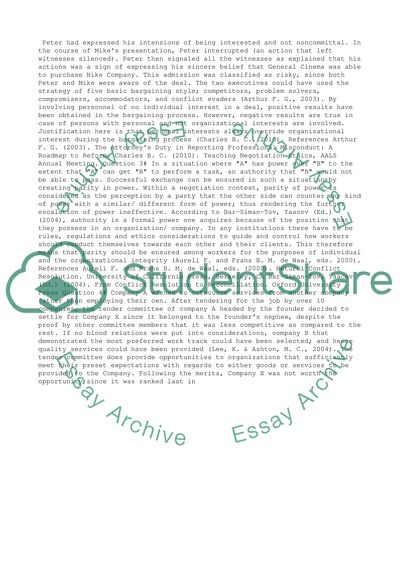Cite this document
(“Conflict Management and Negotiation D2 : D8 Essay”, n.d.)
Retrieved from https://studentshare.org/management/1472881-conflict-management-and-negotiation
Retrieved from https://studentshare.org/management/1472881-conflict-management-and-negotiation
(Conflict Management and Negotiation D2 : D8 Essay)
https://studentshare.org/management/1472881-conflict-management-and-negotiation.
https://studentshare.org/management/1472881-conflict-management-and-negotiation.
“Conflict Management and Negotiation D2 : D8 Essay”, n.d. https://studentshare.org/management/1472881-conflict-management-and-negotiation.


